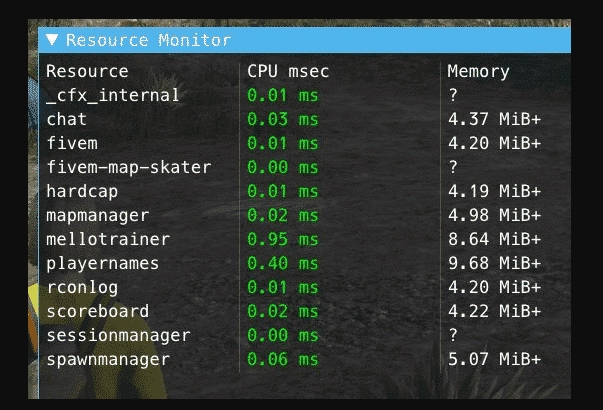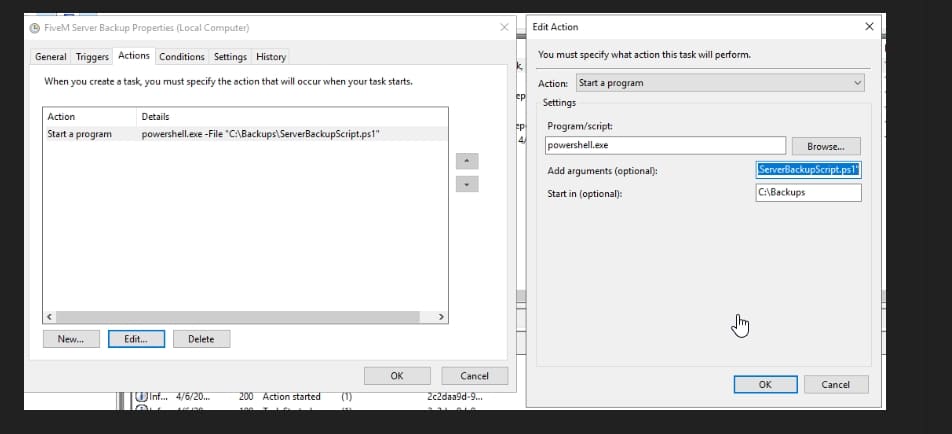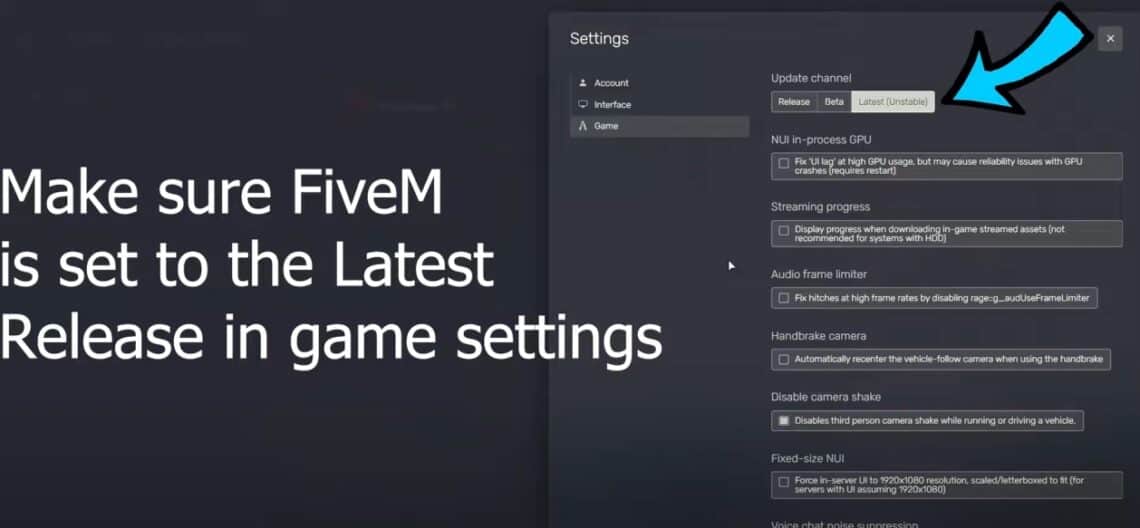Using Resource Monitor (Resmon) is often essential when you want to make your FiveM scripts run better.
Resmon, short for Resource Monitor, is a powerful tool in FiveM that helps server owners and developers monitor and optimize server performance. As an integral part of FiveM, Resmon tracks the resource consumption of scripts and mods, allowing users to identify and address performance bottlenecks.
This guide will provide a thorough explanation of how to use Resmon, its features, and practical tips for improving server performance.
Table of Contents
What is Resmon?

Resmon is a built-in monitoring tool in FiveM that provides real-time information about server resources. It displays data on CPU usage, memory consumption, and script performance, making it easier for developers and server administrators to optimize their servers.
Resmon is particularly useful for diagnosing lag, crashes, or other performance issues related to scripts, MLOs, or mods.
Why is Resmon Important in FiveM?
As said, the importance of Resmon lies in its ability to help optimize the server’s resources and ensure smooth gameplay for users. High resource usage from certain scripts can lead to lag, crashes, or degraded performance, making it critical to identify and manage these issues. With Resmon, server admins can:
- Monitor the impact of each script on CPU and memory usage.
- Identify and fix scripts that consume excessive resources.
- Optimize server settings based on resource consumption data.
- Ensure a smoother and more stable gaming experience for players.
How to Access Resmon in FiveM
Accessing Resmon in FiveM is simple. Follow these steps to open Resmon on your FiveM server:
- Start your FiveM server and connect to it as a server admin.
- Press F8 to open the console.
- Type
resmon 1and press Enter. - The Resmon interface will appear, displaying active resources and their performance metrics.
To close Resmon, you can simply type resmon 0 in the console and press Enter.
Understanding the Resmon Interface
Resmon provides various metrics to help users understand resource usage. Here’s a breakdown of the key components displayed in the Resmon interface:

- Resource Name: The name of the resource being monitored, such as a script or mod.
- CPU ms: The CPU time in milliseconds consumed by the resource. High values indicate that the resource is using significant processing power.
- Memory: The amount of memory used by the resource. Excessive memory usage can lead to server instability or crashes.
- Streaming: Indicates if the resource is streamed to clients, which can affect network bandwidth.
Using Resmon to Identify Performance Bottlenecks
One of Resmon’s primary uses is to identify performance bottlenecks that can affect the server’s stability. Here’s how to use Resmon for this purpose:
- Monitor the CPU ms column. Resources with consistently high CPU usage can indicate inefficient scripts or processes. Consider optimizing these scripts to reduce their impact.
- Keep an eye on memory consumption. If a resource consumes a large amount of memory, it may need to be modified or replaced with a more efficient version.
- Pay attention to spikes in usage metrics. Sudden increases can indicate a problem, such as a memory leak or an unoptimized loop in a script.
Notice: The CPU value in Resmon will change color from green to yellow, orange, and eventually red as the usage worsens, indicating increasing strain on the server and potential performance issues. Ist dieses Gespräch bislang hilfreich?
Practical Tips for Optimizing Resources in FiveM
After identifying resource-heavy scripts, you can take several steps to optimize them:
- Reduce the frequency of script execution: Modify scripts to run less frequently if they don’t need to be executed every frame. This can significantly lower CPU usage.
- Use native FiveM functions: Take advantage of built-in FiveM functions, which are often more optimized than custom code.
- Limit the number of entities: If your scripts spawn vehicles, NPCs, or objects, limit their number to avoid excessive resource consumption.
- Disable unused resources: Stop resources that are not in use to free up memory and processing power.
Case Studies: Resmon in Action
To better understand how Resmon can be used to optimize FiveM servers, let’s look at some real-world examples:
Case Study 1: Reducing Lag Caused by a High-CPU Script
A server admin noticed significant lag spikes whenever a specific custom mod (here: a banking script) was active. Using Resmon, they identified that the script consumed over 0.18 ms of CPU time, indicating a performance issue.
By optimizing the code and reducing unnecessary calculations, the script’s CPU usage was brought down to 0.01 ms, improving the server’s performance significantly.
Case Study 2: Memory Leak Detection
Another server had recurring crashes after extended uptime. Using Resmon, the admin discovered a script with increasing memory usage, pointing to a memory leak. By reviewing the code, they found that objects were not being cleaned up correctly. Fixing this issue stabilized the server, eliminating the crashes.
Statistics on FiveM Server Optimization
Research indicates that server optimization can significantly improve player retention and reduce server costs:
- Servers that actively monitor and optimize resource usage experience up to 50% fewer crashes.
- Optimizing high-CPU scripts can reduce server lag by as much as 60%.
- Properly managing memory consumption can increase server uptime by 30-40%.
Common Mistakes to Avoid When Using Resmon
Although Resmon is a powerful tool, it’s easy to misuse it or misinterpret the data it provides. Here are some common mistakes to avoid:
- Ignoring small spikes: Occasional spikes are normal and not always indicative of an issue. Focus on consistent patterns of high usage.
- Over-optimizing scripts: It’s possible to make scripts too efficient, which can reduce functionality or cause unexpected behavior.
- Misunderstanding memory usage: High memory usage isn’t always a problem if the server has ample resources available.
Advanced Techniques for Using Resmon
For more experienced users, Resmon offers advanced functionalities that can help fine-tune server performance:
- Profiling multiple resources: Analyze the combined impact of several scripts running simultaneously to detect conflicts or compatibility issues.
- Setting alerts for high usage: Configure alerts to notify you when a resource exceeds a certain CPU or memory threshold.
- Automating resource monitoring: Use server-side scripts to log Resmon data periodically for long-term performance tracking and analysis.
Next Steps

To improve your FiveM server’s performance, you can use our Script Optimizer for automatic script optimization, or follow our detailed guide on optimizing scripts manually. Both options provide practical steps to help reduce resource usage, enhance loading times, and ensure a smoother gaming experience.
Conclusion
Resmon is an invaluable tool for any FiveM server owner or developer looking to optimize server performance and provide a smooth gaming experience for players. By understanding how to use Resmon effectively, you can identify resource-heavy scripts, optimize them for better performance, and ultimately reduce server lag and crashes. Whether you are new to FiveM development or an experienced server admin, the insights and techniques shared in this guide can help you make the most out of your server resources.
Implementing the best practices and tips discussed in this article will empower you to maintain a high-performing FiveM server and keep your players happy. Remember, the key to a great gaming experience is a well-optimized server that can handle the demands of complex scripts and mods without compromising performance.






